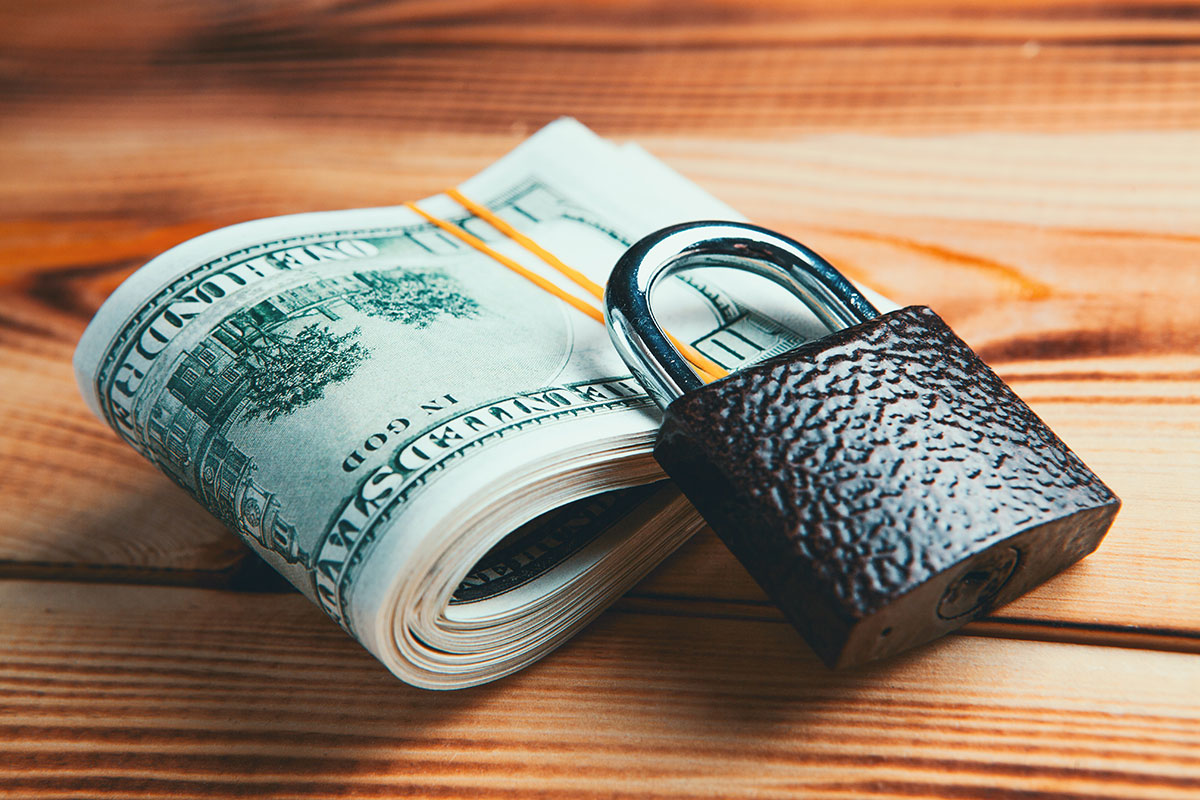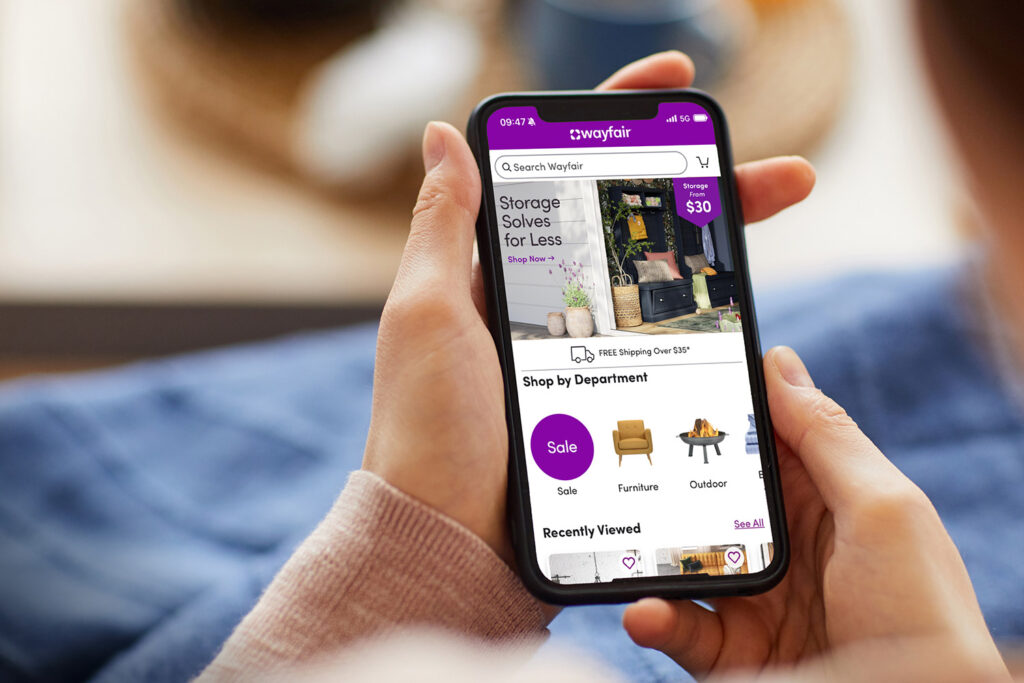In this post:
It seems that no matter who you are or what you do for a living, people are always looking for new ways to save money and free up some extra cash. Figuring out how to spend less money is a lifelong process and one that will evolve as the needs of your life change.
How To Spend Less Money in 2025
- Use Coupons
- Buy Generic
- Compare Insurance Rates
- Reduce Energy Use
- Shop Second Hand and Thrift Markets
- Cancel Unnecessary Subscriptions and Memberships
- Take Advantage of Credit Card Rewards
- Consolidate Debt
- Cook at Home
- Try the No Spend Challenge
- DIY More
- Invest in Reusables
By committing to a mixture of small, medium, and large adjustments to your life such as reducing household expenses, being smarter about grocery shopping and your spending habits, and learning how to get out of debt, you’ll be amazed at how much your bank account will grow. However, learning how to spend money wisely is a skill you’ll need to practice and it’s essential to stay focused on your savings goal and overall financial well-being.
📌 Recommended reading: Ownwell Can Lower Your Property Taxes, But How Much Does It Cost?
How To Spend Less Money in 2025

The best tools for saving money will vary from person to person, and there’s no one-size-fits-all solution to grow your savings account. For most people, learning how to spend less money will require multiple strategies to see what approaches are sustainable and fit with your life.
Use Coupons
It may sound like an obvious place to start, but regularly using coupons can make a real dent in your weekly grocery bill. This doesn’t mean you have to become one of those fanatical coupon clippers, but you should always keep your eye out for coupons for products you regularly buy. Make sure to look for both paper and electronic coupons from sites like Coupons.com and Ibotta.
Additionally, most grocery stores like Kroger, Target, and H-E-B have customer rewards programs that are free to join. These programs can track your purchases and send you coupons for the exact products you consistently buy. For example, the Kroger Rewards program provides discounts on grocery delivery, personalized deals, exclusive coupons only for members, and fuel savings.
Buy Generic
Many big-name grocery stores have their own house brands that rival the more expensive name brands. Keep an eye out for cheaper alternatives like Target's Up & Up, Costco’s Kirkland brand, Kroger’s Simple Truth, Aldi’s Simply Nature line, and Safeway Select. When you pay top dollar for name brands, you’re really just paying for name recognition. Private label products are often indistinguishable from their brand name counterparts and will always be less expensive. For instance, Kirkland Signature size 1 diapers cost on average $29.99, while the same quantity of Huggies size 1 can cost up to $39.99. You can also save on many over-the-counter medications at the grocery store by choosing a private label over a name brand. Just be sure to compare the active ingredients and dosage recommendations to make sure it meets your needs.
Compare Insurance Rates
Maintaining your car insurance, health insurance, or homeowners insurance is a necessary expense, but it’s also one with several opportunities for cutting costs. One of the easiest ways to reduce your monthly expenses is by shopping around for more competitive insurance rates and getting quotes from multiple providers. Depending on the types of insurance you have, you’ll see slightly different rates, plans, and discounts available.
For example, ask about any car insurance discounts that may be available for multiple policyholders. These will vary depending on the coverage, but some discounts can be as high as 25%. At the very least, reach out to your current provider each year and ask them to review your account to look for new opportunities to save. If your current quote was based on your finances several years ago when you had bad credit, you may qualify for new terms and discounts based on how long you’ve been with the company, if you’ve stayed accident-free or claim-free, or if you’ve increased your credit score.
Reduce Energy Use

One of the largest sources of spending money for homeowners comes from your utility bill, and heating and cooling costs are generally some of the highest. Lowering your thermostat when you’re not home or asleep can save you big bucks throughout the year. For example, if you can lower the setting on your thermostat by 7-10 degrees for eight hours a day, you can save 10% annually of your overall energy usage.
Another easy way to save energy is to install a smart thermostat that you can pre-program to maximize the efficiency of your home. If you let your house get too cold, it can actually take more energy to bring it back up to a comfortable temperature than if you maintained a more even temperature.
You can also look into solar energy, which can pay you for generating more energy than you need and allows you to sell back any excess energy to the power grid.
Shop Second Hand and Thrift Markets
Admittedly, thrift store shopping isn’t for everyone but if you’re able to devote a little time and energy to hunting through the racks, you can help avoid unnecessary spending on more expensive items you’d find brand new in a store. Studies have shown that shoppers can save around $150 a month by buying second-hand items from stores like Goodwill or by checking out local garage sales and estate sales.
Another great place to find deals is through online sites like eBay, OfferUp, or Facebook Marketplace. If you know you’re in the market for a certain item, check out these places first before you buy brand new.
Cancel Unnecessary Subscriptions and Memberships
It seems that everything these days requires a subscription whether it’s grocery delivery, TV streaming services, magazines, or online news outlets. These services like to entice prospective customers by advertising a low monthly payment in the hopes you’ll sign up. And, while $6.99 a month may seem like a drop in the bucket, once you add up what you're paying for three, four, or five different subscriptions, you’re all of a sudden looking at a hefty bill. Look critically at what you’re using and see if you can choose one or two to give up. Or as an alternative, look into sharing an account with a family member since most of these platforms allow multiple users and devices. Also worth looking into is your local library which has movies you can borrow for free, and today many public libraries offer free streaming services as well.
Take Advantage of Credit Card Rewards
Most everyone has at least one credit card or debit card and if you use it wisely (paying off purchases right away and not letting your balance roll over from one month to the next to avoid late fees), it can become a tool that saves you money. Most credit cards offer some sort of rewards program to their members, but the key is to find the best credit card that already fits in with your spending habits.
If you know you travel a lot, consider getting an Alaska Airlines card that allows you to purchase a round-trip coach ticket for a companion for only $99 each year. Or, if you dine out a lot, stay at hotels, or spend a lot on groceries, you may benefit more from the Capital One SavorOne® card that gives you 1% to 10% back on your purchases. However, the card provider will also have to check your credit report to make sure you qualify, and some of these cards may require an annual fee, but this isn’t always a deal breaker. Just take the time to calculate how much on average you’ll be saving each year to make sure this cost will be covered.
Consolidate Debt
Not all debt is bad, but holding any debt requires you to stay on top of your finances to ensure you aren’t getting behind on payments. It’s also no secret that the real killer when it comes to debt is the interest that you end up paying on top of your principal. It’s here that you can work to save money by consolidating all your debt together or figuring out how to reduce your interest rates.
Debt consolidation will be most effective with high-interest debt like credit cards, but this strategy can work for personal loans, car loans, or student loans as well. For instance, let’s say you owe $6,000 in credit card debt at an 18% interest rate. If you’re able to secure a personal loan from your bank at a 10% interest rate, you can use this money to pay off your credit debt in total, then start paying back the personal loan. You can also see about consolidating what you owe on a student loan by contacting your servicer to see what programs are available.
Cook at Home

It’s shocking to most people how much they can save by simply going out to eat less often and cooking at home instead. Going to a restaurant to eat or ordering food for delivery can mean spending nearly five times as much as you would have by staying at home. Even cutting back one or two outings a week can save you up to $1,000 a year. Plus, if you make sure you always have the ingredients you need in your fridge, it will be easier to resist the impulse purchase of going to a restaurant or ordering from Uber Eats, GrubHub, or DoorDash.
While using these services can be convenient, you’ll always end up spending money that you don’t have to. These food delivery services add an average of 15% to the cost of your food and this doesn’t include a tip for your driver.
No Spend Challenge
Trying a No Spend Challenge can help you save money. Whether you do it for a month or just a week, a No Spend Challenge can help prevent unnecessary purchases. During a No Spend Challenge, you can keep spending money – but only on essential items. You can save money by not purchasing frivolous items like candy, Starbucks, concert tickets, and anything else you don’t need.
You can also use a top budgeting app to stay on track during your challenge. We love Rocket Money and YNAB, but there are plenty of effective apps out there you can turn to.
DIY More
DIYers have known for years how much they save by getting crafty and improving their handyman skills by taking on house projects. By doing a simple search on YouTube, you can find instructional videos on nearly everything from installing a garbage disposal, hemming a skirt, or refinishing your kitchen cabinets. You’ll be surprised what you’re able to do with just a few basic tools and a little bit of time.
Invest in Reusables
Finally, start investing in reusable products that will serve you much longer than cheaper, disposable products. Yes, these will cost more upfront, but you’ll save much more than your initial investment over the life of the product. Things like stainless steel water bottles, high quality glass Tupperware, reusable coffee filters or pods, or a Britta water filter will mean you’re spending less on unnecessary purchases that will only last for one or two uses.
How To Spend Less Money
No matter if you’re in a high, middle, or low-income household, you’re probably interested in saving money whether it’s to improve your money management skills, save up for your emergency fund, or to splurge on a family vacation to Hawaii.
No matter your investment strategy, these tools can help you free up some extra money or ensure you have enough in your savings account for an unexpected expense. By making your personal finance choices a priority and being mindful of your discretionary expenses, you’ll be able to meet all your money-saving goals.






